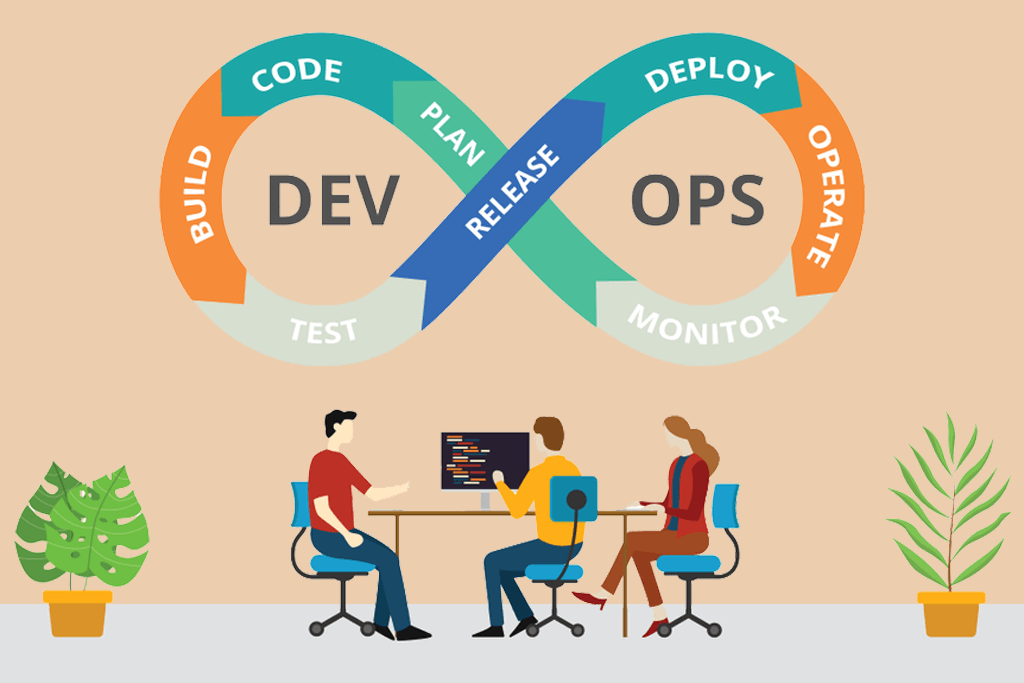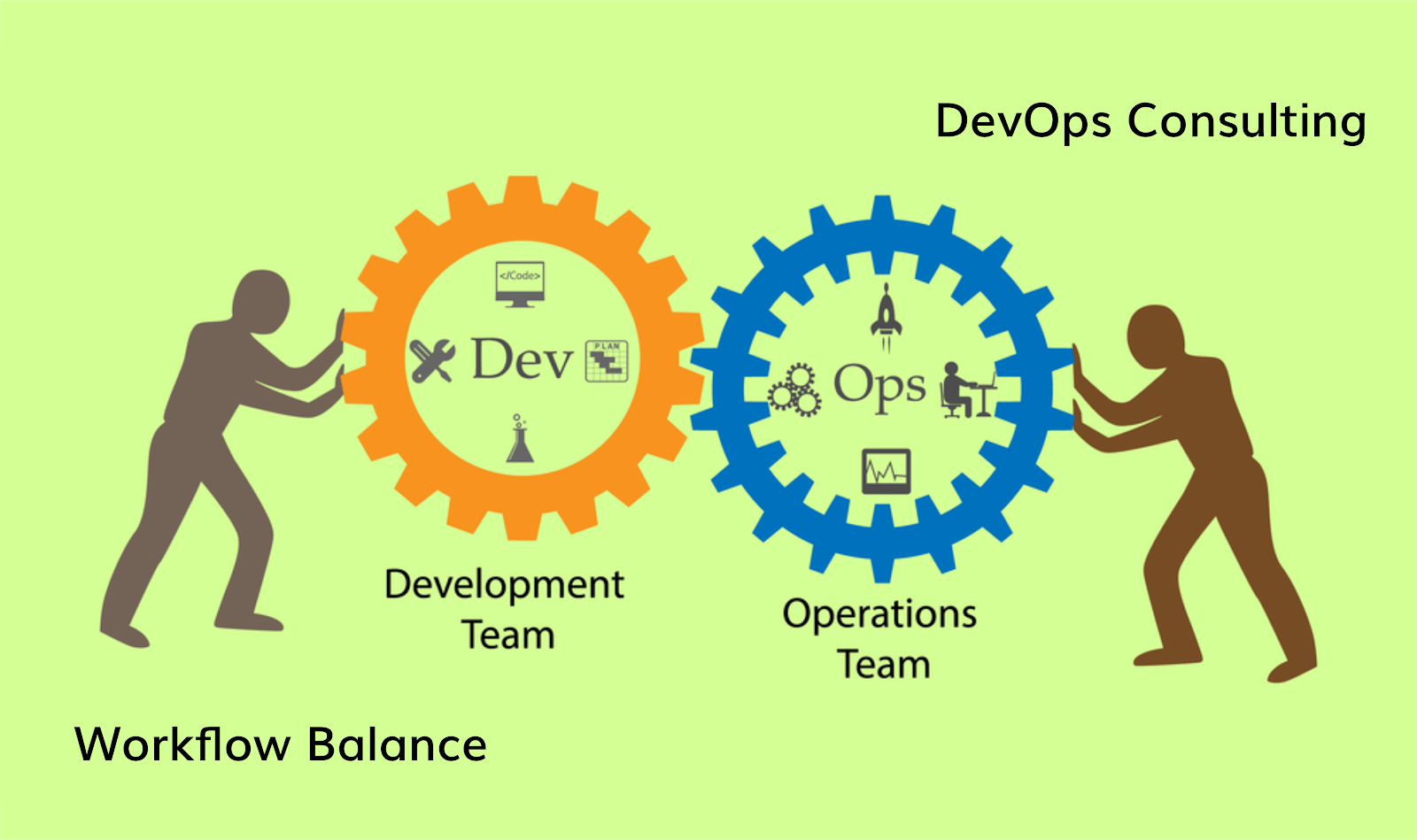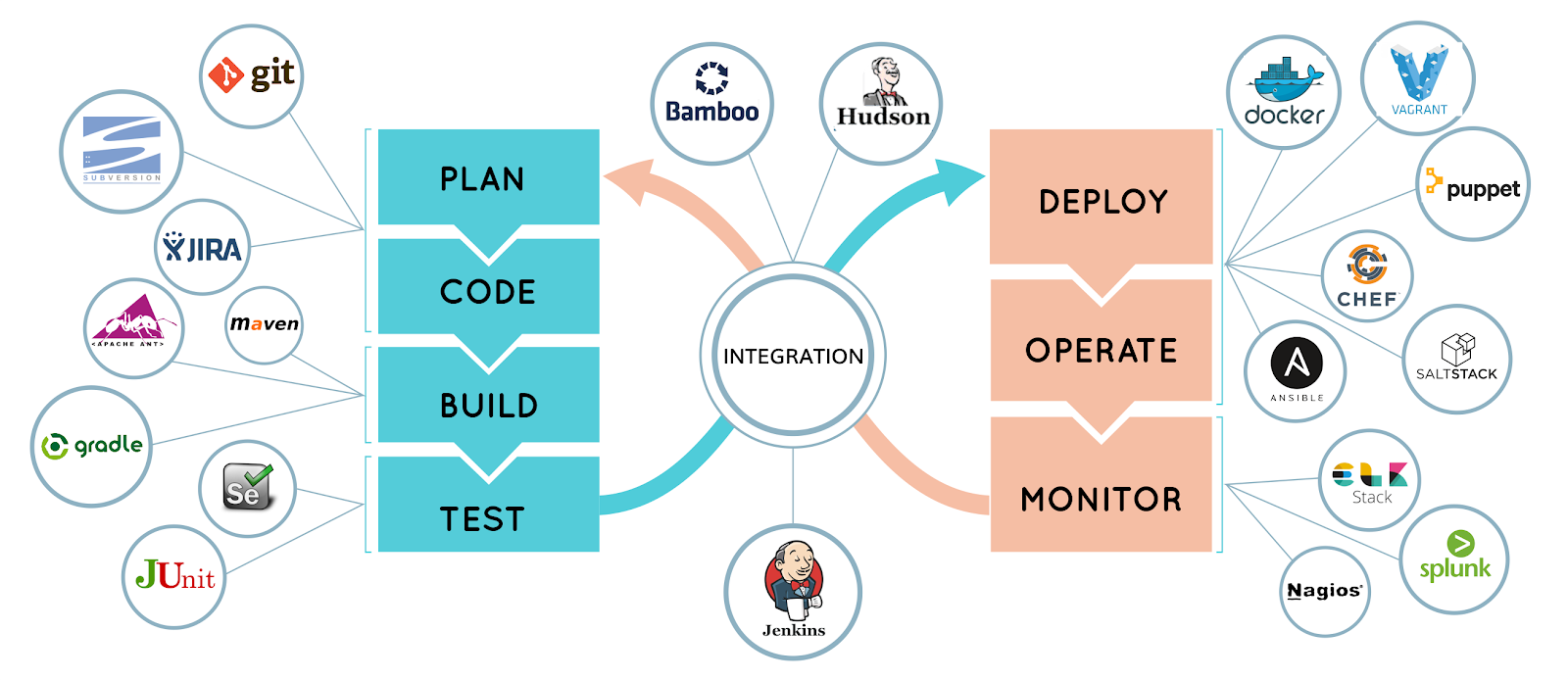
DevOps Uncovered: Bridging the Gap Between Development and Operations
Understanding the Strategic Value of DevOps in Modern IT Ecosystems
As software systems grow in complexity and users demand faster, more reliable digital experiences, the divide between development and operations teams becomes a roadblock to progress. DevOps isn’t just a buzzword—it’s a critical methodology for aligning goals, speeding up delivery, and building resilient software systems.
By adopting DevOps practices, businesses can unlock a new level of synergy between developers and IT operations. It’s about tearing down silos, automating repetitive processes, and building a culture where code, testing, deployment, and maintenance are part of a continuous feedback loop. The result? Higher deployment frequency, fewer errors, faster recovery times, and ultimately, greater customer satisfaction.
In today’s fast-paced market, companies that embrace DevOps are better positioned to innovate, scale, and respond to user needs. With GKM IT’s DevOps services, organizations gain not only technical support but a strategic partner to optimize workflows, reduce time-to-market, and stay competitive.
Uncovering the Strategic Importance of DevOps in Modern Software Delivery
In the current digital landscape, where speed, reliability, and adaptability determine a business’s success, DevOps has become more than just a technical methodology—it’s a strategic necessity. By unifying development and operations teams, DevOps transforms how software is built, tested, deployed, and maintained, creating a powerful engine for business growth.
Traditional development models often suffer from miscommunication, siloed workflows, and slow feedback loops, which delay software delivery and increase operational risks. DevOps addresses these challenges by introducing collaborative culture, automation, continuous integration, and continuous delivery (CI/CD). This ensures faster releases, quicker bug fixes, and smoother rollouts—giving your business a competitive edge.
Whether it’s a startup looking to scale or an enterprise managing complex systems, the benefits of DevOps are tangible:
-
Faster release cycles improve customer experience
-
Early detection and resolution of issues minimize downtime
-
Infrastructure as Code (IaC) boosts deployment consistency
-
Real-time monitoring ensures system reliability and performance
-
Agile teams improve communication, innovation, and efficiency
By partnering with a skilled DevOps service provider like GKM IT, organizations don’t just adopt new tools—they build a resilient, scalable, and secure delivery pipeline that aligns with business goals. Our mission is to empower your team with the tools, processes, and mindset needed to innovate confidently and deploy faster, without compromising on quality or security.
In essence, DevOps bridges the gap between ideas and execution, enabling businesses to transform challenges into opportunities, one release at a time.
What is DevOps?
It is a sort ofpractice that combines software development and information technology operations to reduce the system development life cycle while delivering features, fixes, and updates usually in close alignment with business goals.
Better communication and collaboration is achieved by changing and improving the relationship between two business units with the help of DevOps services.
DevOps Consulting

As we all know if we don’t have an efficient workflow to follow we will definitely operate inefficiently no matter how talented team members we have. In the end, it’s all about workflow balance. DevOps consulting at GKM IT helps bring harmony and cohesiveness between the in-house team and the individual.
We ensure that sync should coexist between software development and operations through our services. We identify aspects of your pipeline that are hurting the overall business by giving an unbiased view.
Why does an enterprise need to adopt this service?
It is an approach to bridge the gap between traditional development IT relations and operation and strengthening it for the better alliance, reporting, and automation among teams.
Why outsource with us?

By outsourcing this service to us, your company gets quick access to the top-notch application delivery process. As we understand the need for security and compliance, and the continuous delivery of new code and features. Using agile principles, we create cross-functional teams that comprise skilled developers, a quality analysis team, infrastructure architects, and IT ops.
Business Benefits of DevOps Services
-
customer satisfaction & retention increases
-
Increase business efficiency
-
Improve response time
-
Increase Ops alignment to business goals
-
Reduced cost over time
-
Improve business swiftness
-
Better employee productivity & satisfaction
Operational Benefits of DevOps Support
-
Speedy delivery of new features
-
Better release control & versioning
-
More frequent software releases
-
Better development momentum
-
Reduce Time for Action
-
Better collaboration amongst project teams
-
Reduced IT Costs
-
Better Productivity
-
Reduce the time window from days to minutes for resource management by an automated server configuration
Steps and Tools Used – What Does a Well-Run DevOps Environment Need?
Again, the question is: what does a well-run site or application really need? The answer lies in a powerful, automated, and collaborative ecosystem—one where tools and processes work in harmony to support seamless delivery, stability, and scalability. That’s exactly what DevOps provides.

Let’s break down the essential steps and the tools that fuel an efficient DevOps pipeline:
1. Planning and Collaboration
Before the first line of code is written, DevOps emphasizes cross-functional planning and communication between developers, operations, and stakeholders.
Tools used:
-
Jira
-
Confluence
-
Trello
-
Slack
These tools help with backlog management, sprint planning, and team collaboration, ensuring transparency from the start.
2. Source Code Management (SCM)
Centralized version control systems allow teams to track changes, collaborate in real-time, and roll back if needed.
Tools used:
-
Git
-
GitHub
-
GitLab
-
Bitbucket
These SCM platforms offer branching, merging, and pull request capabilities to streamline code contributions.
3. Continuous Integration (CI)
CI is the process of automatically integrating code changes into a shared repository several times a day. It detects errors early and reduces integration problems.
Tools used:
-
Jenkins
-
CircleCI
-
Travis CI
-
GitLab CI
These tools help in automatically testing and validating code as soon as it’s committed.
4. Automated Testing
Testing is a cornerstone of DevOps. Automated test scripts are used to validate code functionality, performance, and security.
Tools used:
-
Selenium
-
TestNG
-
JUnit
-
Postman (for API testing)
-
SonarQube (for static code analysis)
5. Continuous Delivery and Deployment (CD)
After successful CI and testing, the code moves seamlessly to staging or production environments through automated pipelines.
Tools used:
-
Docker
-
Kubernetes
-
Ansible
-
Spinnaker
-
Octopus Deploy
This reduces human error and accelerates release cycles.
6. Infrastructure as Code (IaC)
IaC automates infrastructure provisioning, ensuring consistent environments across dev, test, and production.
Tools used:
-
Terraform
-
AWS CloudFormation
-
Ansible
-
Puppet
-
Chef
It enables version-controlled, repeatable infrastructure management.
7. Monitoring and Feedback
Post-deployment, monitoring tools provide real-time insights into app performance, user behavior, and infrastructure health.
Tools used:
-
Prometheus
-
Grafana
-
ELK Stack (Elasticsearch, Logstash, Kibana)
-
New Relic
-
Nagios
This helps teams react swiftly to issues and improve future releases.
Why These Steps and Tools Matter
Each step in the DevOps lifecycle—powered by the right tools—ensures a high-performing, secure, and user-friendly application. The ultimate goal? A reliable and scalable site that’s ready to handle real-world demands without missing a beat.
At GKM IT, we follow this structured DevOps approach to build sustainable systems that adapt to change, scale with growth, and perform consistently. Let us help you implement the right mix of steps and tools tailored to your unique business needs.